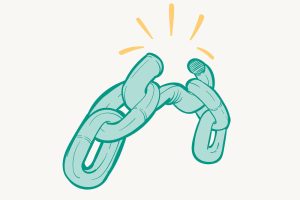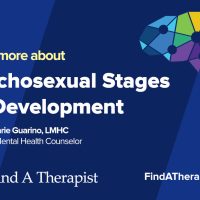Sexual Dysfunctions
Published on October 20th, 2020
Updated on January 8th, 2024

Sexual dysfunctions are difficulties in sexual response or desire. It can cause many challenges in a person’s life. People who struggle with a sexual dysfunction may struggle to feel aroused or reach orgasm. They may also struggle with premature ejaculation. Each of these challenges can be embarrassing for an affected person. Because of this, many people are unwilling to speak about their sexual challenges.
Societal influence has caused these real challenges to become the basis of jokes. As a result, affected people may worry about being teased, rejected or ridiculed.
Many people who are affected by a sexual dysfunction feel ashamed of their condition. They struggle to come to terms with their challenge. They also avoid talking about their struggles with sex. Because talking about sexual dysfunction can be embarrassing, many people suffer in silence.
Sponsored by

Choose a therapist to work with and start healing with 20% off from BetterHelp.
Click HereThe reality is that sexual dysfunctions are very common to both women and men. Problems with sexual dysfunction are experienced by people of all ages, backgrounds and levels of health.
Common Causes of Sexual Dysfunction
Sexual dysfunctions can be related to medical problems. They can also be due to psychological causes. Conditions like anxiety and depression can cause sexual dysfunction. Having low self-esteem or feeling insecure can also cause sexual dysfunction.
There are situational causes that can result in sexual dysfunction. Some situations may be due to life events. Others may be due to biological or physiological causes.
Some common causes of sexual dysfunction include:
- Stress at work
- Difficulties communicating with your partner
- Worrying about sexual performance
- Worrying about being rejected
- Lack of partner intimacy or attraction
- Past traumatic, unsuccessful, or disappointing sexual experiences
- Stress due to a medical condition
- Reaction to certain medications
- Substance abuse, especially the use of alcohol, cocaine, and marijuana
Sexual dysfunctions can affect a person at any point in their sexual maturity. Some causes may be present since the beginning of a person’s sexual activity. Others may suddenly appear after a period of normal sexual functioning.
The Four Phases of Sexual Response
Typically, a sexual dysfunction will occur in one of the first three of four phases sex. The four phases of sexual response include:
- Excitement phase. A person begins to become sexually aroused.
- Plateau phase. Sexual arousal becomes intensified.
- Orgasmic phase. The person climaxes and releases sexual tension.
- Resolution phase. The person returns to lower levels of arousal.
Four Main Types of Sexual Dysfunction
There are different types of sexual dysfunction a person may experience. Each type of dysfunction affects a person differently.
It is important to understand what type of sexual dysfunction you are experiencing. This can help with overcoming a condition or sexual disorder.
The four main types of sexual dysfunction include:
1. Desire Disorders
Desire disorders begin at desire. People who struggle with desire disorders have a low libido. They struggle to feel interested in sex, which can be due to different issues.
Desire disorders are often related to hormonal issues. Low levels of estrogen or testosterone in a person will have a negative impact on sexual desire. It will cause a low interest in sex, which can be a problem for many people.
Desire disorders can also stem from mental health conditions. Such conditions include depression, anxiety and issues in a relationship.
A person may struggle with desire if they feel uncomfortable in a relationship. They may also struggle if their self-image and self-esteem are low.
2. Arousal Disorders
Arousal disorders cause sexual arousal to be difficult or impossible to reach. People who suffer from arousal disorders will struggle to feel aroused during sex. An example of how arousal disorders can be illustrated with erectile dysfunction. Erectile dysfunction is an arousal disorder. It causes a man to struggle with getting erection. Women may also struggle with arousal disorders.
Arousal disorders are particularly challenging for affected people. This is because they feel sexual desire, but cannot reach a point of sexual arousal. They struggle to reach a point of sexual gratification through sexual encounters.
3. Orgasm Disorders
People who suffer from orgasm disorders struggle to reach orgasm. Their orgasm may be difficult to achieve, or may be absent from a sexual experience. People who suffer from orgasm disorders will struggle to reach orgasm, regardless of the quality of the sexual encounter.
Orgasm disorders often are accompanied with other struggles with sex. People who have an orgasm disorder may struggle with arousal, low libido or pain from sex. Each of these conditions can make orgasm difficult to achieve.
4. Pain Disorders
There are people who struggle with experiencing pain during sex. Pain associated with genitals and/or the pelvis can cause discomfort for both men and women. Men may struggle with pain when getting an erection. Women may suffer from pain from penetration or contracting of the vaginal muscles.
Pain disorders can occur from a number of conditions. Some experience pain resulting from physical malformation or damage to genitals. Affected people may also experience pain due to hormonal imbalances that affect libido, sex drive and sex function.
Sponsored by

Find an affordable therapist online with 20% off from BetterHelp.
Click Here






Leave A Reply